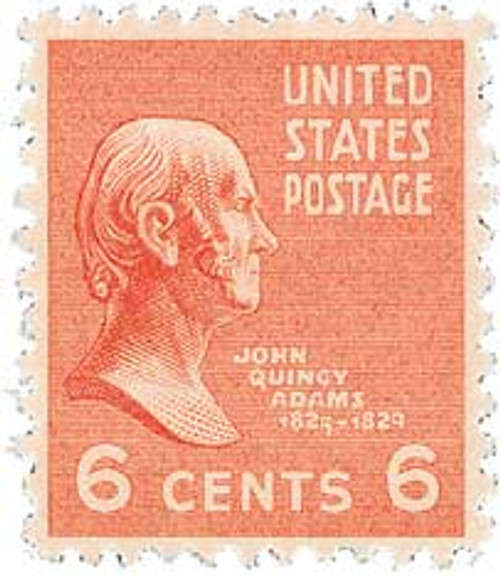
1938 4 1/2c White House, dark gray
# 809 - 1938 4 1/2c White House, dark gray
MSRP:
Was:
Now:
$0.35 - $79.00
(You save
)
Write a Review

Write a Review

809 - 1938 4 1/2c White House, dark gray
| Image | Condition | Price | Qty | |
|---|---|---|---|---|

|
Mint Plate Block
ⓘ
Ships in 1-3 business days.
Ships in 1-3 business days.
$ 3.00
|
$ 3.00 |
|
0
|
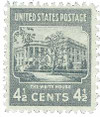
|
Mint Stamp(s)
ⓘ
Ships in 1-3 business days.
Ships in 1-3 business days.
Free with 140 Points
$ 0.60
|
$ 0.60 |
|
1
|
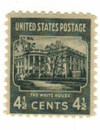
|
Mint Stamp(s)
Fine
ⓘ
Ships in 1-3 business days.
Ships in 1-3 business days.
$ 1.05
|
$ 1.05 |
|
2
|
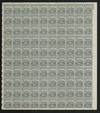
|
Mint Sheet(s)
ⓘ
Ships in 1-3 business days.
Ships in 1-3 business days.
$ 79.00
|
$ 79.00 |
|
3
|
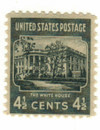
|
Mint Stamp(s)
Fine, Never Hinged
ⓘ
Ships in 1-3 business days.
Ships in 1-3 business days.
$ 1.25
|
$ 1.25 |
|
4
|
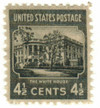
|
Mint Stamp(s)
Very Fine
ⓘ
Ships in 1-3 business days.
Ships in 1-3 business days.
$ 1.25
|
$ 1.25 |
|
5
|
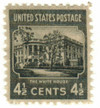
|
Mint Stamp(s)
Very Fine, Never Hinged
ⓘ
Ships in 1-3 business days.
Ships in 1-3 business days.
$ 1.50
|
$ 1.50 |
|
6
|
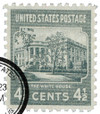
|
Used Single Stamp(s)
ⓘ
Ships in 1-3 business days.
Ships in 1-3 business days.
$ 0.35
|
$ 0.35 |
|
7
|
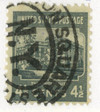
|
Used Single Stamp(s)
Fine
ⓘ
Ships in 1-3 business days.
Ships in 1-3 business days.
$ 1.00
|
$ 1.00 |
|
8
|

|
Unused Stamp(s)
small flaws
ⓘ
Ships in 1-3 business days.
Ships in 1-3 business days.
$ 0.35
|
$ 0.35 |
|
9
|
Mounts - Click Here
| Mount | Price | Qty |
|---|
U.S. #809
4 ½¢ White House
1938 Presidential Series
4 ½¢ White House
1938 Presidential Series
Issue Date: July 11, 1938
City: Washington, DC
Quantity: 275,455,900
Printed by: Bureau of Engraving and Printing
Printing Method: Rotary press
Perforations: 11 x 10 ½
Color: Dark gray
City: Washington, DC
Quantity: 275,455,900
Printed by: Bureau of Engraving and Printing
Printing Method: Rotary press
Perforations: 11 x 10 ½
Color: Dark gray
Known affectionately as the Prexies,the 1938 Presidential series is a favorite among stamp collectors. The 4 1/2¢ denomination pictures the White House.
This 132-room mansion is the official residence of the U.S. President. President Monroe originally named it the Executive Mansion, in 1818. Later, it was called the President's Mansion, the President's Home, and the President's Palace. In 1902, President Theodore Roosevelt gave the current title: The White House.

U.S. #809
4 ½¢ White House
1938 Presidential Series
4 ½¢ White House
1938 Presidential Series
Issue Date: July 11, 1938
City: Washington, DC
Quantity: 275,455,900
Printed by: Bureau of Engraving and Printing
Printing Method: Rotary press
Perforations: 11 x 10 ½
Color: Dark gray
City: Washington, DC
Quantity: 275,455,900
Printed by: Bureau of Engraving and Printing
Printing Method: Rotary press
Perforations: 11 x 10 ½
Color: Dark gray
Known affectionately as the Prexies,the 1938 Presidential series is a favorite among stamp collectors. The 4 1/2¢ denomination pictures the White House.
This 132-room mansion is the official residence of the U.S. President. President Monroe originally named it the Executive Mansion, in 1818. Later, it was called the President's Mansion, the President's Home, and the President's Palace. In 1902, President Theodore Roosevelt gave the current title: The White House.
!










